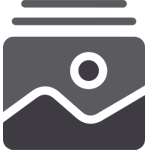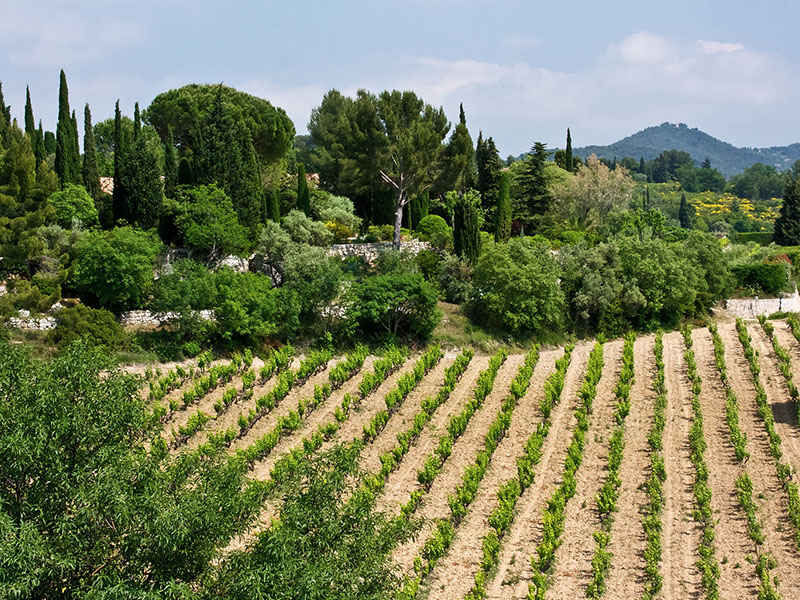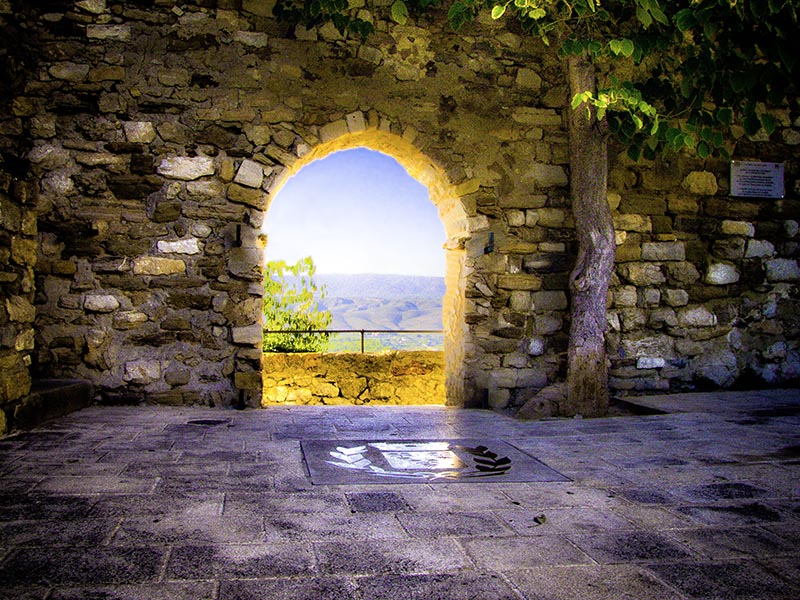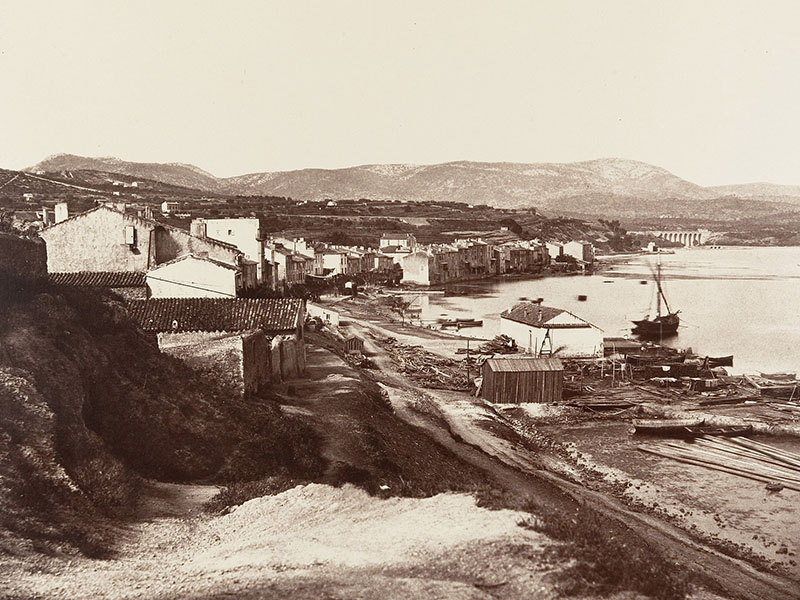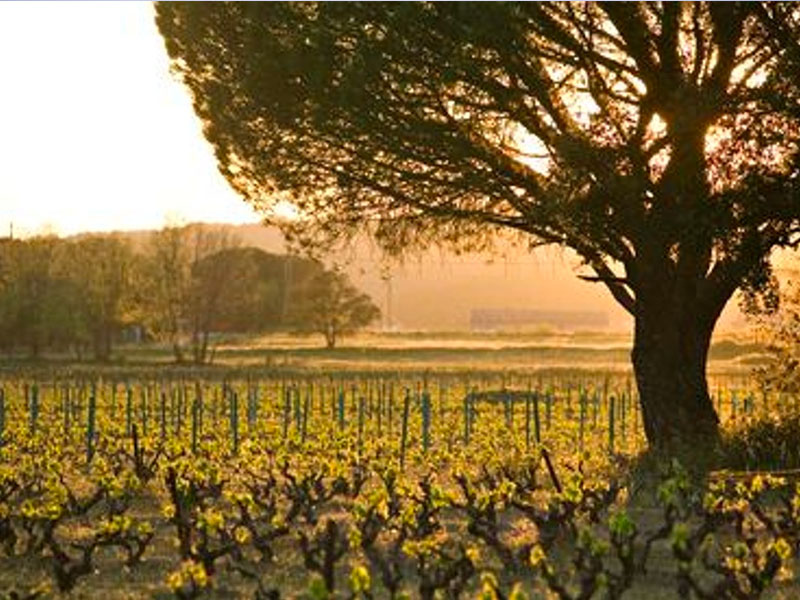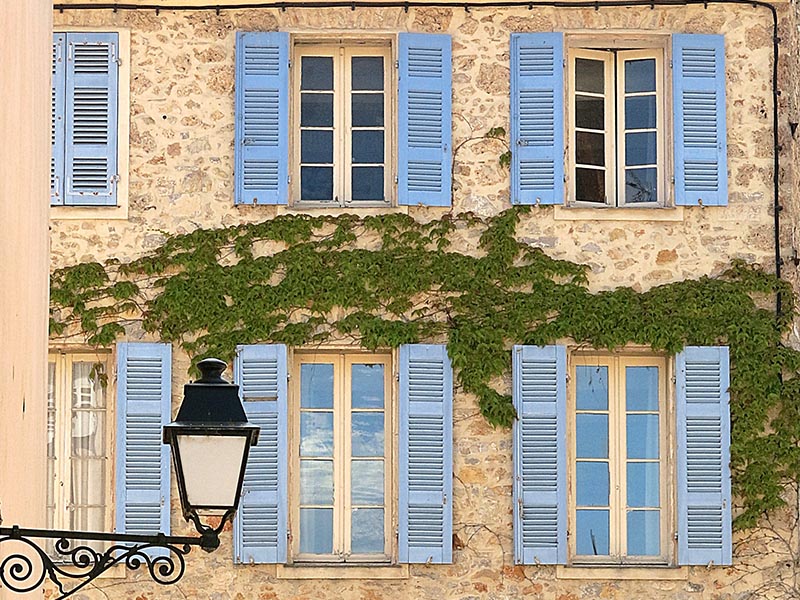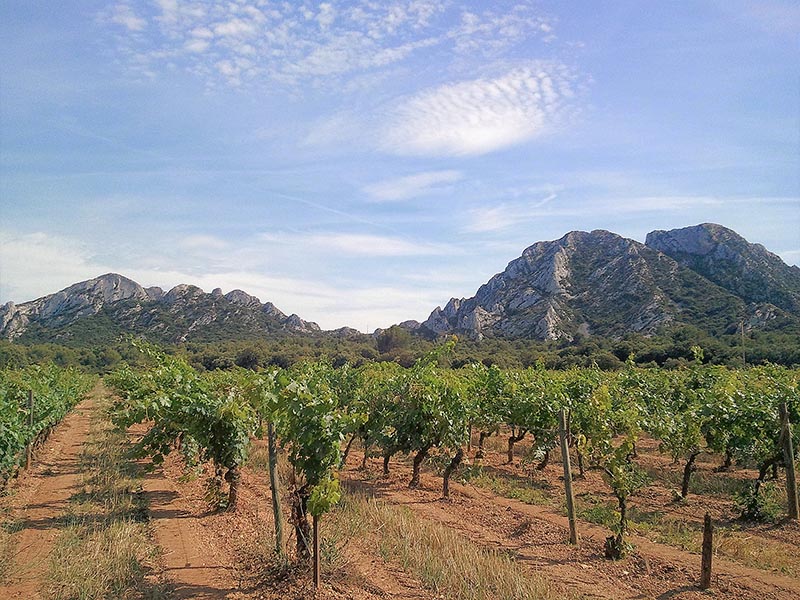Provence
Southeastern France
The region of Provence is defined first and foremost by its Mediterranean climate. In this part of France warm, dry, sunny weather dominates, with hot summers and mild winters. Precipitation is scarce and mostly occurs in the form of storms. The other important climatological variable here is wind: coming down through the Rhône valley, it can be intense at times. Nine appellations, of widely varying size and focus, stretch across the region. Despite the variety of wines made, all tend to have an undeniable Mediterranean quality, from the currently trendy rosés of Côtes de Provence to the powerful, long-lived reds of Bandol.
Bandol
(bawn-dohl)
Though perhaps less renowned now than it has been historically, Bandol is still famous for producing deep, structured, age-worthy red wines based on mourvèdre, which finds its highest expression here. These days, Bandol is also known for making serious rosés, ones which often drink better after some time in bottle, in stark contrast to most rosés from Provence.
The appellation consists of around 1,550 hectares total, with vineyards going from sea level up to 400m. Nearly all vineyards in Bandol are planted on terraces locally called restanques. This is important because the layer of soil is very thin and terraces help minimize erosion.
The subsoils are very complex. With the effects of erosion, this creates a mosaic of soil types. However, the majority of soils are limestone, with some clay.
The climate in Bandol is nearly perfect for viticulture, especially for the mourvèdre grape. Bandol is the sunniest place in Provence, with various mountains blocking incoming clouds. Just enough rain falls normally for plants to be healthy. Winds keep vineyards fresh and healthy, so there is very little disease worry. In the summer, ocean breezes attenuate heat, allowing for slow, even ripening.
Mourvèdre is the main grape in Bandol. Nowhere else in the world are conditions just right for this difficult variety. Mourvèdre needs lots of sun, but in order to produce wines with finesse and elegance it also needs freshness and slow ripening. The ocean breezes therefore play a crucial role in Bandol. In more protected vineyards, mourvèdre can make heavy, clunky wines.
The AOP of Bandol has very strict rules, well beyond most appellations. Some examples:
- minimum planting density of 5000 plants/ha
- maximum yields of 40hl/ha
- mandatory green harvesting of mourvèdre
- vines must be at least 8 years old
Other rules include:
- wines must be minimum 50% mourvèdre, complemented by grenache and cinsault
- syrah and carignan are allowed at a maximum of 10%
- tibouren and calitor are also allowed in small amounts for rosé
- for whites: ugni blanc, clairette, and bourbalenc
Production is about 50% red, 40% rosé, and 10% white. However, red wines are clearly the flagship of the appellation. They can be massive when young, but tend to develop finesse and elegance after a couple years in bottle, and have very long aging potential.
Côtes de Provence
(koht duh proh-vawns)
Well known for its beautiful climate, Provence is a region bathed in the sun. Despite its natural beauty, the classification, or more appropriately amalgamation, of this broad area into one region seems inaccurate. The appellations within Provence are very distinct and the grapes change from location to location. The climate varies greatly throughout; the northernmost areas are very similar to the Rhône while in the south we find a very distinctly Mediterranean climate. Provence is defined by its sun, its rolling hillsides and the herbs that constitute its garrigue: rosemary, thyme and lavender.
Ten different appellations make up this swath of land and the wines vary greatly from one appellation to the next. Côtes de Provence is one of these appellations and is largely known for its rosés, accounting for ninety percent of the wines produced here.
Five different terroirs make up the Côtes de Provence: the famous Mont Sainte-Victoire area, the Beausset basin, le Haut-Pays, the interior valley, and the coastal area.



